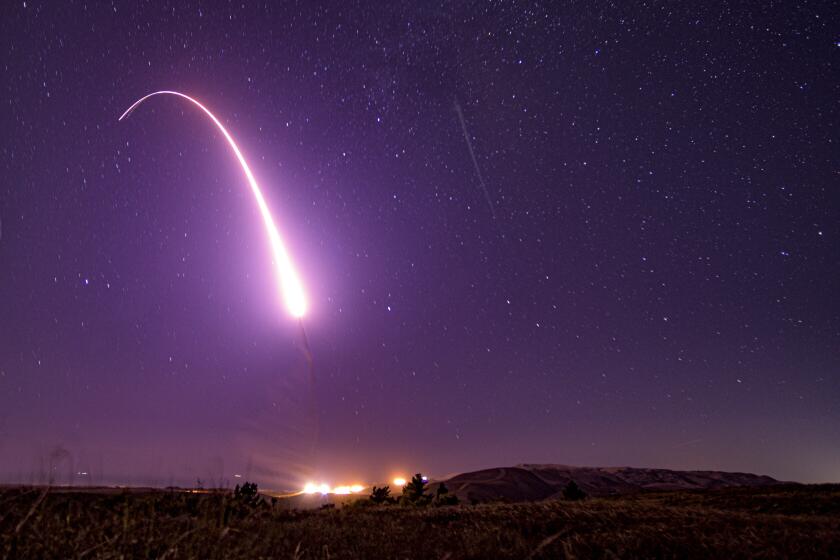Celebrating the 12 Days of Christmas Is an Old Tradition
- Share via
Christmases of yesteryear were simpler, less commercial and, in the eyes of many people, more meaningful.
There are still remote regions in the hollows and closed-in coves of the Appalachian backcountry where “Old Christmas” is celebrated as it was long ago in their ancestors’ homelands in the British Isles and Europe. Those who adhere to the tradition of Old Christmas staunchly maintain that Jan. 6, not Dec. 25, is the proper day to celebrate the birth of Christ.
As George Monteith, who lived in the North Carolina Smokies, once said, “Dec. 25 is a man-made Christmas!” Like others of his generation, he believed that the 12 days of Christmas (which end on Jan. 6) were times for reflection, quiet contemplation and the giving of simple, inexpensive gifts on each of the days.
These gifts were often lovingly crafted items such as tree ornaments, wood carvings or perhaps a potholder.
There is a great deal of folklore associated with Old Christmas. Beekeepers maintained that at midnight on Jan. 5, bees roared in their hives in celebration of the Christ child.
Harking back to biblical accounts, it was also believed that the beasts of the field took to their knees on the 6th.
According to John Parris, who has long chronicled the folklore and past of the Great Smokies and the Blue Ridge Mountains, there was even a popular mountain ballad, sometimes called the “Cherry Tree Carol,” which told of the birth of Christ on Jan. 6:
On the Sixth Day of January
His birthday shall be,
When the stars and the mountains
Shall tremble with glee.
More to Read
Sign up for Essential California
The most important California stories and recommendations in your inbox every morning.
You may occasionally receive promotional content from the Los Angeles Times.










